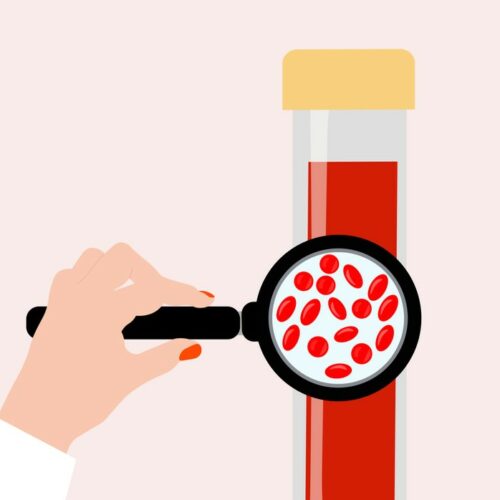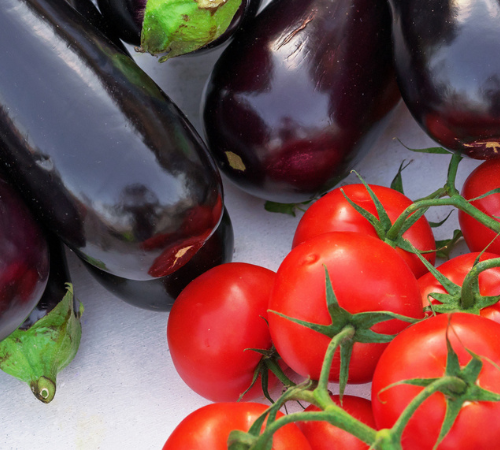
Dietitian, author and chef Alan Barclay reveals why low-glycaemic foods are the best choice if you have diabetes, but also for those that don’t. Here’s why.
Q I know low glycaemic index (GI) foods can help people with diabetes, who need to regulate blood sugar levels, but do they also benefit people without diabetes?
Joan, via email
A Low-GI foods are simply healthier carbohydrates. So, yes, they are good choices for everyone, whether you have diabetes or not.
The sugar glucose is the preferred fuel for the brain, nervous system, kidneys, red blood cells and muscles. Therefore our body needs to carefully regulate blood glucose levels for optimal health. High-GI carbs that are rapidly digested, absorbed and turned into glucose make the pancreas work harder to keep blood glucose in the normal range. Low-GI carbs are much more slowly digested, absorbed and/or metabolised to glucose, so put less strain on the pancreas.
Research confirms eating a diet based on low-GI carbs significantly reduces the risk of developing type 2 diabetes, heart disease, stroke and bowel cancer. Also, low-GI meals provide longer-lasting energy to improve exercise performance and work capacity. They are also more satiating — keeping you feeling fuller for longer.
Rather than cutting out carbs, enjoy low-GI versions of favourites, such as most fruit (other than tropical), beans, pulses, pumpkin, sweet corn, basmati rice, pasta, pearl couscous, authentic sourdough, wholegrain breads, natural muesli, milk and yoghurt.
www.healthyfood.com










